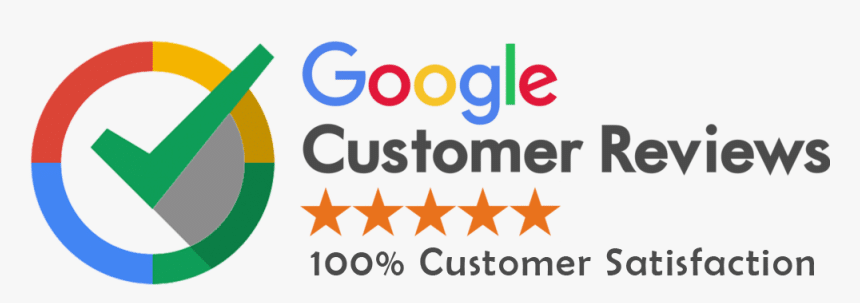When you want your website to grow on search engines like Google, your content matters the most. If your website has low-quality or “thin” content, it can face penalties from Google. These penalties can hurt your search ranking, reduce your visibility, and affect your business. So, it is important to know what thin content is, how it impacts your website, and how to avoid it.
What is Thin Content?
Thin content refers to web pages that provide little or no value to users. This kind of content often lacks depth, originality, and relevance.
It can include:
- Pages with very few words
- Duplicate or copied content
- Auto-generated text
- Doorway pages (created to rank for specific keywords but offering no real value)
- Pages with only images and no meaningful text
For example, if you create a product page with just one line of text or copy descriptions from another website, that is considered thin content.
Why Does Google Penalize Thin Content?
Google wants to show users the most helpful and relevant information. Thin content gives a bad user experience. It wastes users’ time, increases bounce rate, and lowers trust. Google introduced algorithms like Panda and the Helpful Content Update to filter out low-value content from search results.
If Google sees your site has too many thin pages, it can:
- Drop your search rankings
- Remove your pages from its index
- Reduce your website traffic
Common Types of Thin Content
Duplicate Content
Content copied from another website or repeated across your own site. Includes blog posts, product descriptions, or duplicate meta tags.
Auto-Generated Content
Automatically created content using software tools that produce robotic and unclear text.
Doorway Pages
Pages created only to target specific keywords. These often redirect or repeat the same content across multiple pages.
Affiliate Pages with No Unique Info
Affiliate websites that list products without adding original reviews, analysis, or content.
Pages with Only Media
Pages filled with only images or videos without any explanatory or descriptive text.
How to Detect Thin Content on Your Website
To fix thin content, you must first identify it:
- Google Search Console: Check impressions, bounce rates, and click data.
- SEO Tools: Use Ahrefs, SEMrush, or Screaming Frog to identify low-word-count or low-value pages.
- Manual Review: Check if pages offer useful, unique, and complete information.
Look out for:
- Pages under 300 words
- Duplicate headlines or content blocks
- Missing meta tags or thin tag/category pages
Tips to Avoid Google Thin Content Penalties
Create Original and Useful Content
Write content in your own words. Explain clearly using your own ideas and examples.
Add Depth and Details
Cover related questions, expand points with detailed explanations, and use structure to guide readers.
Use Keywords Naturally
Place keywords naturally without stuffing them. Ensure the content answers user queries.
Write for Your Audience
Know your readers and address their needs with practical and meaningful content.
Avoid Copy-Paste
Do not lift content from other websites. Even if you get ideas, express them in your own style.
Update Old Content
Refresh pages regularly with updated facts, revised sections, and current links.
Add Value to Each Page
Ensure even basic pages like contact or product forms have supporting information.
Avoid Auto-Generated Text
Avoid AI-only or spun content. If used, always human-edit for clarity and value.
Use Internal Linking
Link to related articles within your site. It improves navigation and boosts content weight.
Follow E-E-A-T Guidelines
Show Experience, Expertise, Authoritativeness, and Trustworthiness. Build author bios and cite trusted sources.
Specific Tips for SEO in Dubai
When targeting a local audience in Dubai or UAE:
- Use relevant local keywords
- Address topics or needs specific to the region
- Connect your content with Google My Business
- Add local reviews and success stories
- Optimize for mobile users
Signs You Might Be Penalized
Watch out for these red flags:
- Sudden traffic drops
- Pages disappearing from search
- Alerts in Google Search Console
- Decline in keyword positions
How to Fix Thin Content
Follow these actions to repair thin pages:
- Delete: Remove outdated or useless content.
- Merge: Combine small related pages into one strong resource.
- Rewrite: Improve content with added insights, data, and clear structure.
- Redirect: Use 301 redirects to send users from removed pages to better ones.
Tools to Help You
Use these platforms to detect and fix thin content:
- Google Search Console
- Screaming Frog
- Ahrefs / SEMrush
- Copyscape
- Yoast or RankMath (for WordPress users)
Quick Checklist to Avoid Thin Content
- Minimum 300+ words per page
- Unique titles and meta descriptions
- Original content (no copy-paste)
- Real examples, stats, or insights included
- Mobile responsive layout
- Clear answers for each page query
- Smart internal linking
- Frequent content audits and updates
Final Thoughts
Thin content can affect SEO and overall business performance. By focusing on value, structure, and user needs, your site can stay penalty-free. Review content regularly, create helpful pages, and keep your users first.
If you’re based in Dubai, and need help, RedSpider Web & Art Design can guide you with expert SEO services.











